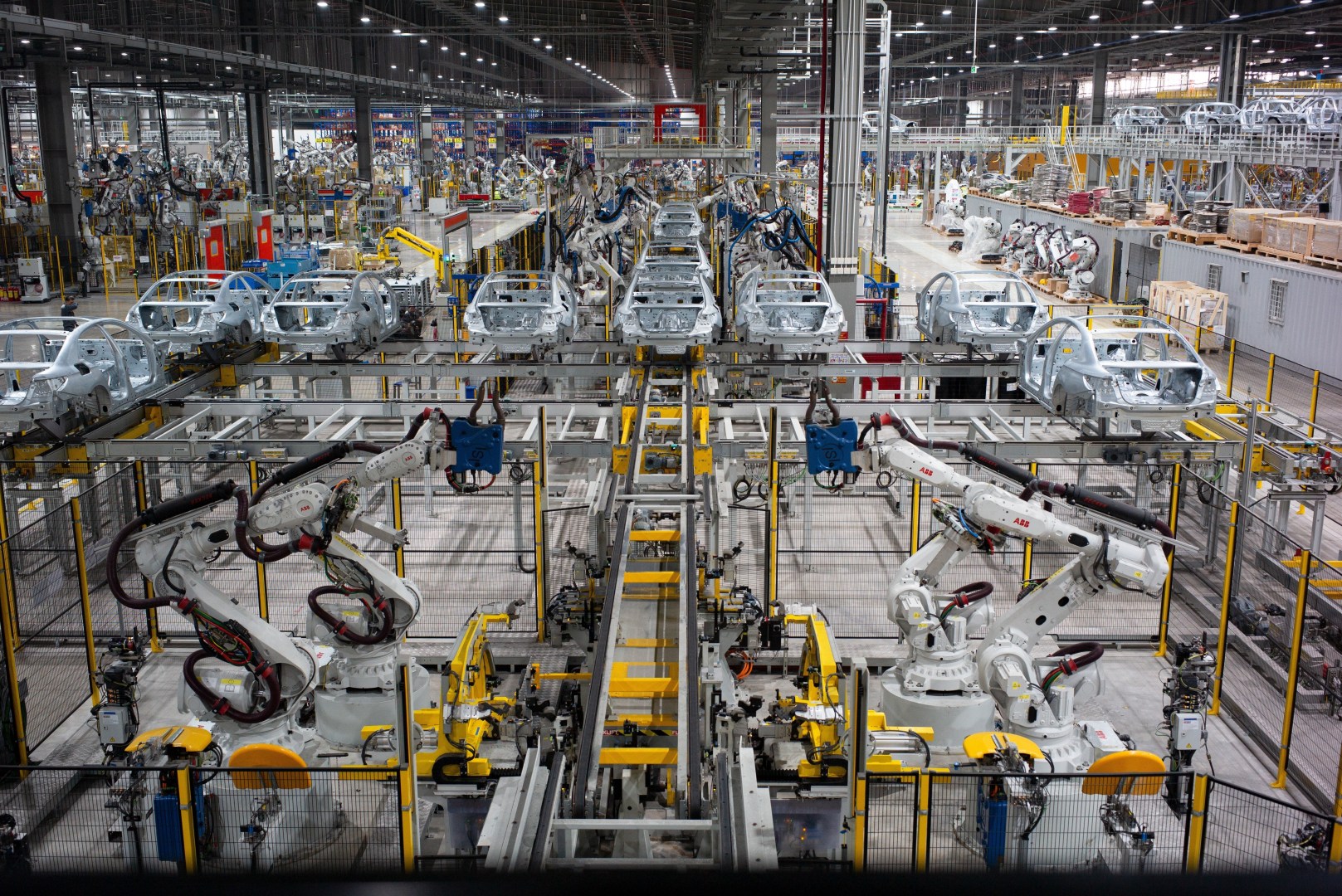
Hanoi (VNA) – The development strategy for Vietnam’s automobile industry to 2035, approved by the Prime Minister on July 16, 2014, identified this industry as an important driver of national industrialisation and modernisation that needs to be facilitated by stable, consistent, and long-term policies.
Under this strategy, the industry is set to develop based on the potential of businesses in all economic sectors to gradually meet domestic demand and defence – security requirements.
By 2035, it is expected to meet domestic demand, engage in the global car production chain, and post large export revenue while meeting environmental standards.
Locally made cars no longer a dream
Thanks to the clear development strategy, automobile producers and assemblers in Vietnam have initially gained a foothold in the domestic market and been developing strongly in terms of both quantity and quality.
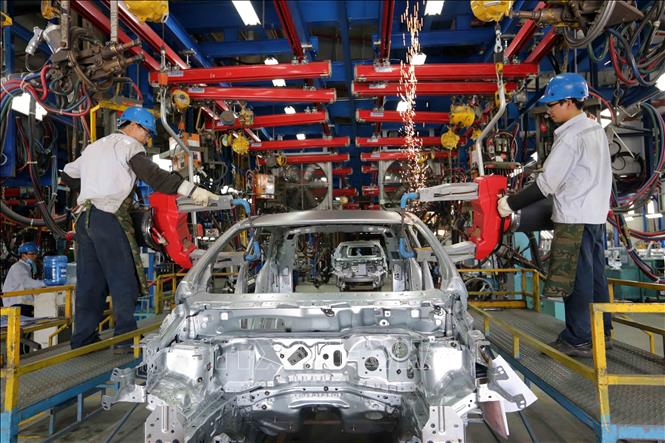
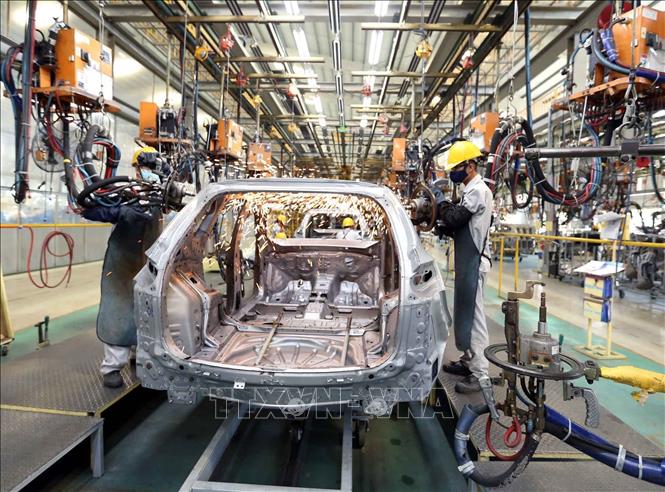
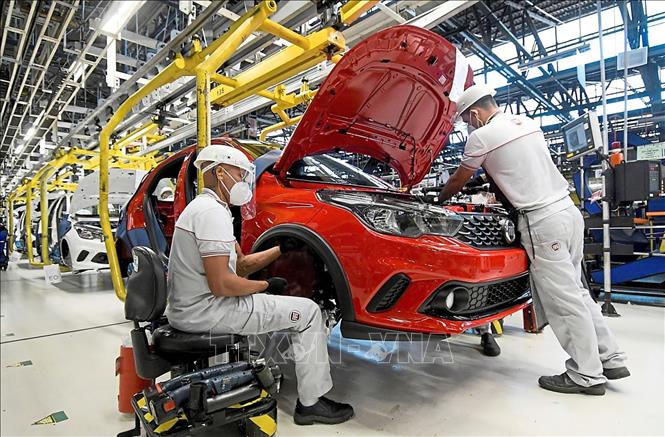

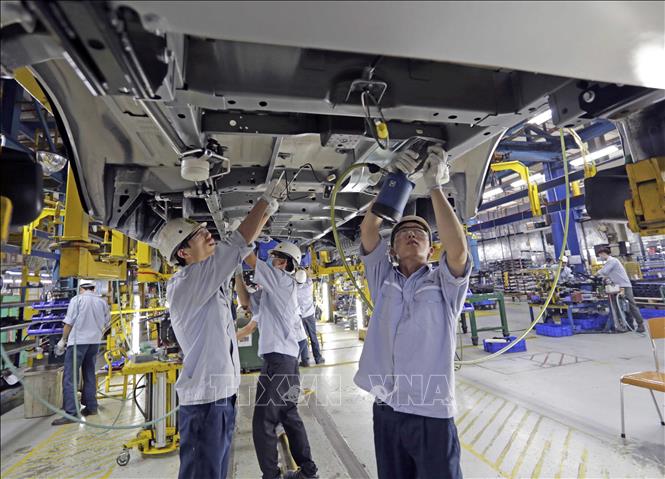
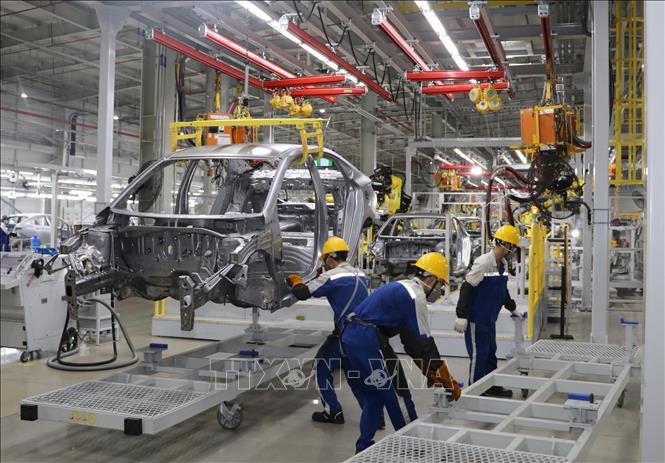
The Ministry of Industry and Trade (MoIT) said the automobile industry of Vietnam took shape in 1991 but it is not until the last three years that it has truly made quick strides.
The number of domestically produced or assembled vehicles has increased considerably, from 287,586 in 2018 to 339,151 in 2019, and 323,892 in 2020. The figure rose 14.9% from 2021 to 439,600 in 2022, according to the Vietnam Register.

The industry in Vietnam now has more than 40 businesses producing and assembling passenger cars, trucks, coaches, special purpose vehicles, and semi-finished vehicles. Some firms have actively engaged in global production chains such as THACO. Meanwhile, most major carmakers in the world are present in the country, including Toyota, Honda, and Ford. This has also attracted some of their foreign satellite producers and component suppliers to Vietnam.
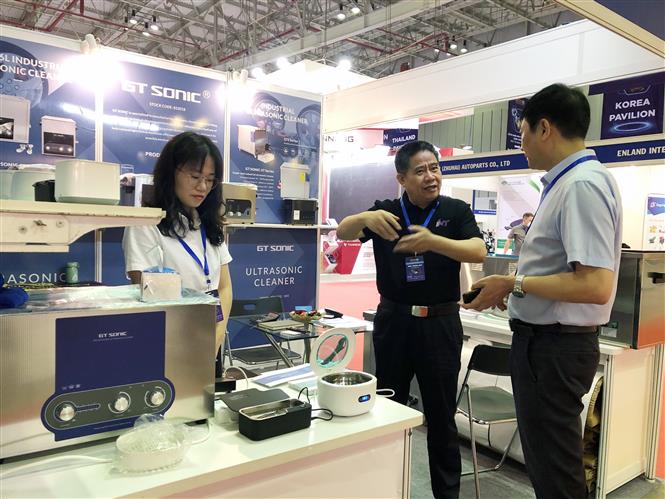
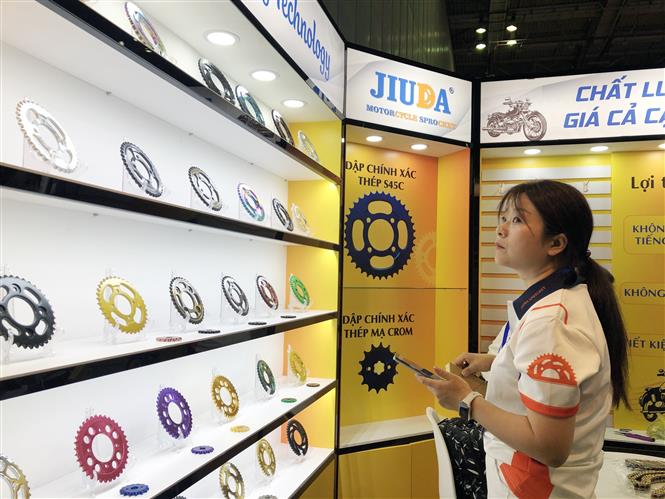
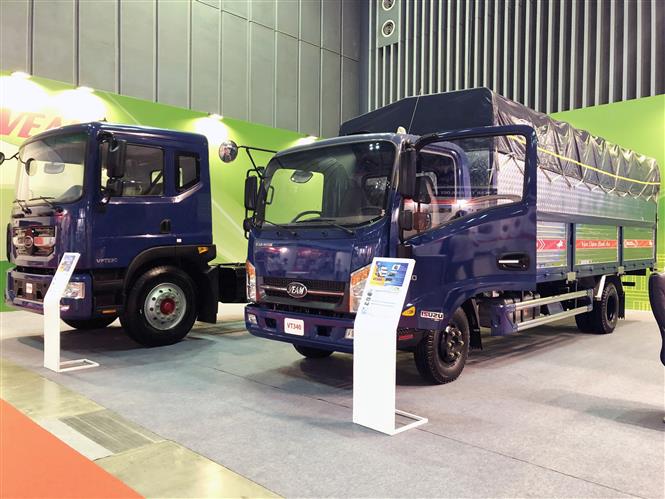
In addition, the rate of domestically produced components in some locally made automobiles is now relatively high thanks to the improved supply capacity of businesses in the support industries. The rate is considerable among trucks of up to 10 tonnes (55%), meeting about 70% of the domestic market’s demand, while cars of 10 and more seats and special purpose vehicles have this rate standing at 20 – 50%, meeting around 90% of demand.
As of the end of 2022, the Vietnamese component suppliers qualified to be Tier-1 vendors for large carmakers numbered more than 400, shooting up over 200% from 2016, with the vehicle output surging from 120,000 to 500,000 and expected to top 1 million by 2025. This is a demonstration of the attractiveness of the country’s automobile market.
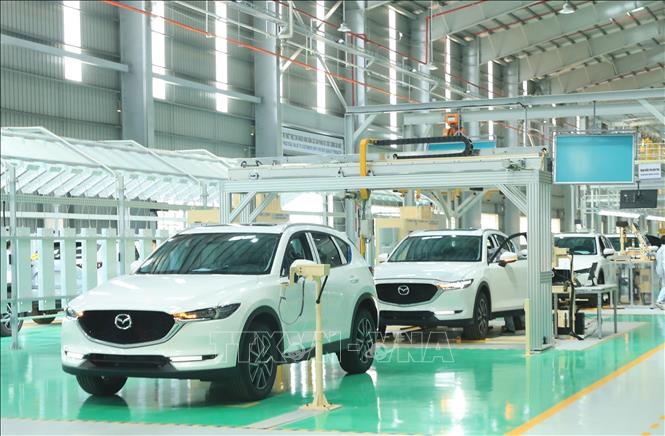
The policies facilitating automobile industry
Aside from the long-term development strategy, the Government also issued some policies to boost the industry. These include exempting registration fees for battery electric vehicles from 2022 to 2025, halving registration fees for domestically produced or assembled cars from December 1, 2021 to May 31, 2022, and abolishing the regulations on the calculation of the locally made component rate since October 1, 2022.

Nguyen Chi Sang, Vice Chairman and Secretary General of the Vietnam Association of Mechanical Industry (VAMI), commented that halving registration fees for locally made vehicles in 2021 and 2022 was a timely support policy.

“Thanks to this policy, the automobile market has recorded good growth with 500,000 units sold, helping curb the fall in car sales amid the global pandemic and economic crisis,” he said.
VAMI noted the expansion of existing projects and the registration of new investments in the industry are helping increase domestically produced and assembled cars, opening up greater opportunities for the domestic supporting industry to make breakthrough in terms of both quantity and quality.
When manufacturers raise the rate of domestically made components to 40%, Vietnam will become a leading car making hub in the region with about 1,000 component suppliers involved in the automobile supporting industry, according to VAMI.
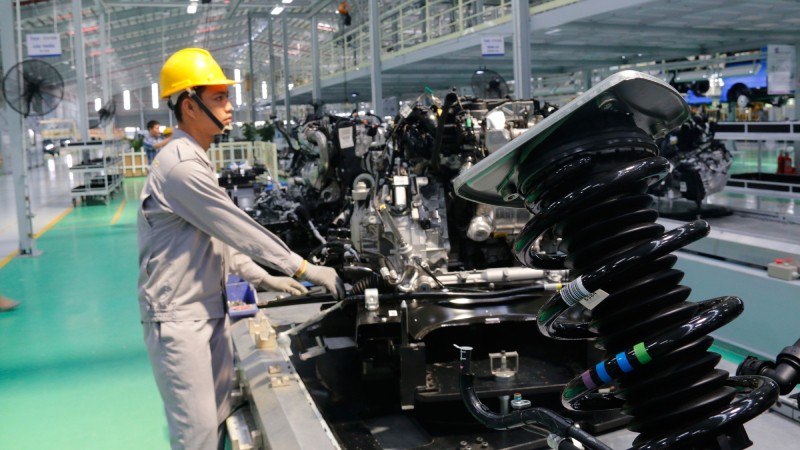
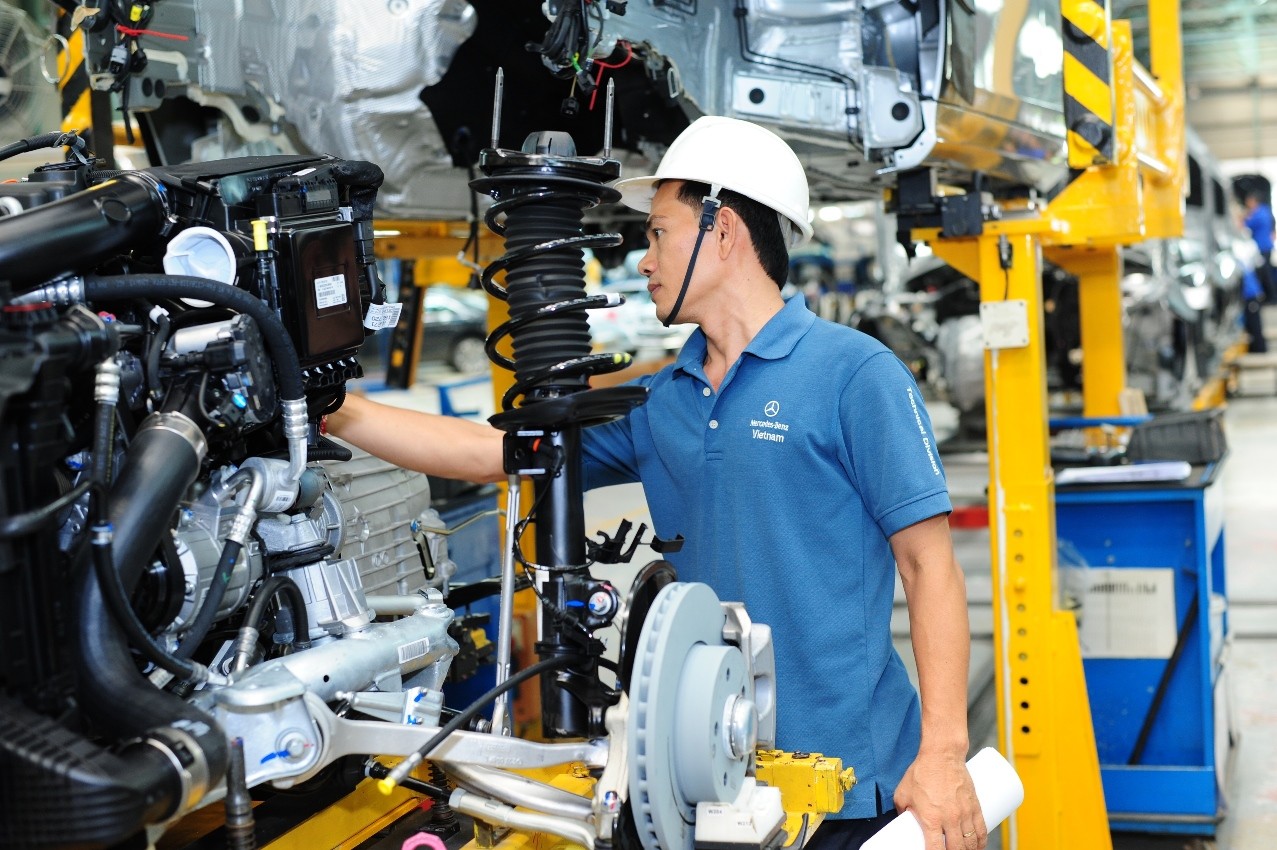

Opportunities and challenges
The market in Vietnam has posted better-than-expected growth over the past years despite complex developments in the global market such as slow expansion and consumers’ reluctance to purchase due to the pandemic.
With average growth of 20 – 30% in the under-nine-seat vehicle segment like at present, the country is believed to be a potential market in the region since per capita GDP has exceeded 4,000 USD and the average number of cars per 1,000 people has reached about 50.
Fueled by economic growth, rapid urbanisation, and the surge of the middle class, automobile demand is forecast to boom from now to 2025, creating great development potential for the automobile industry.
Meanwhile, the vehicle electrification trend is taking place strongly around the world, and opportunities to attract investment to electric vehicle production in Vietnam are said to be substantial if the Government issues suitable incentives and support policies, especially amid the investment shift and industrial value chain restructuring in the region.
However, to seize those opportunities, Vietnam will have to surmount a number of challenges, including fierce competition from imported vehicles from other countries in the region and the world, and global standards that requires manufacturers further improve their production and assembly capacity./.
